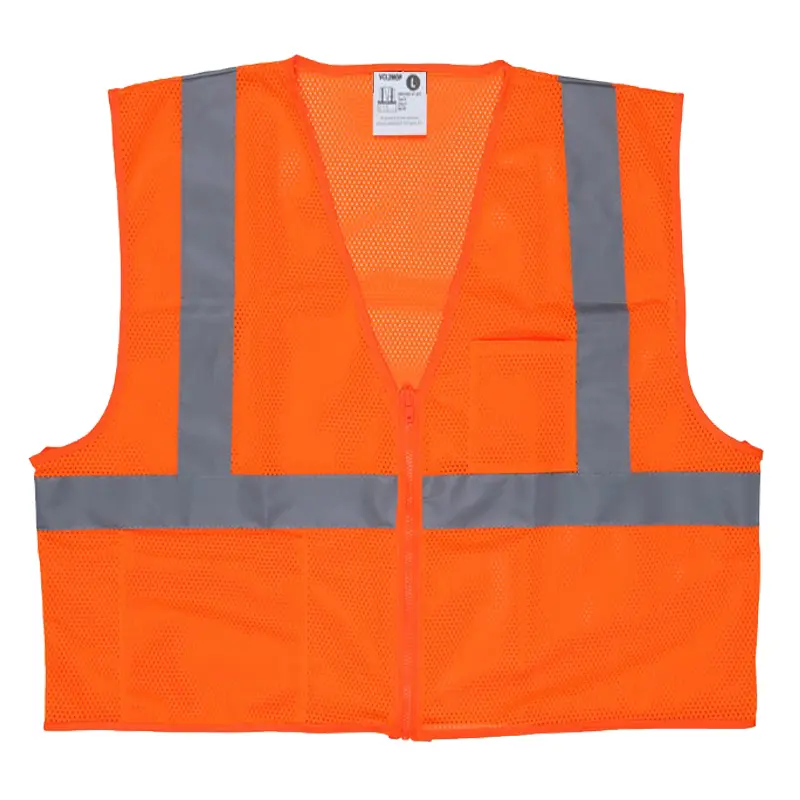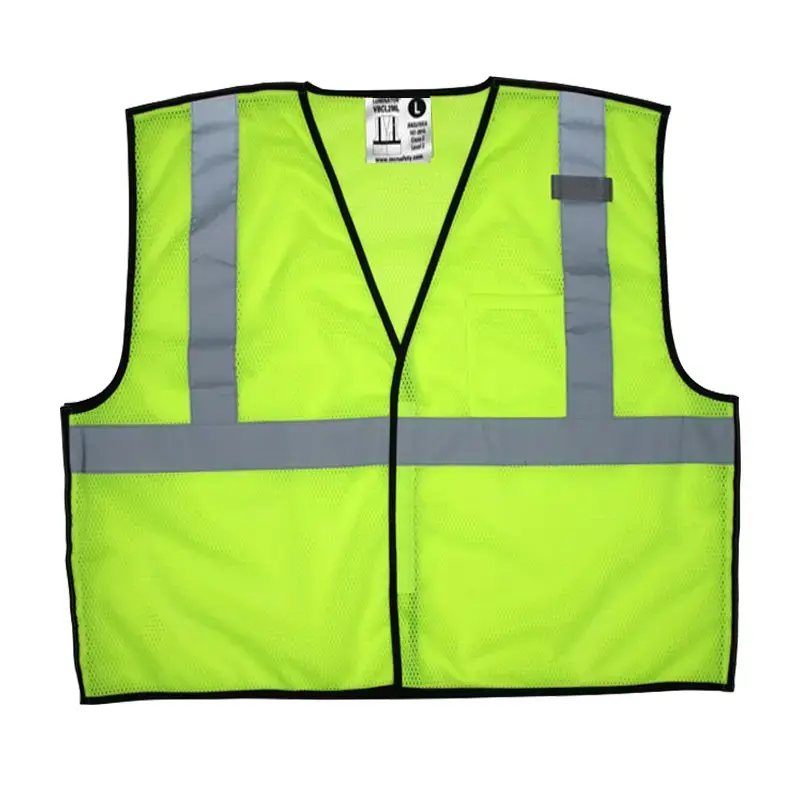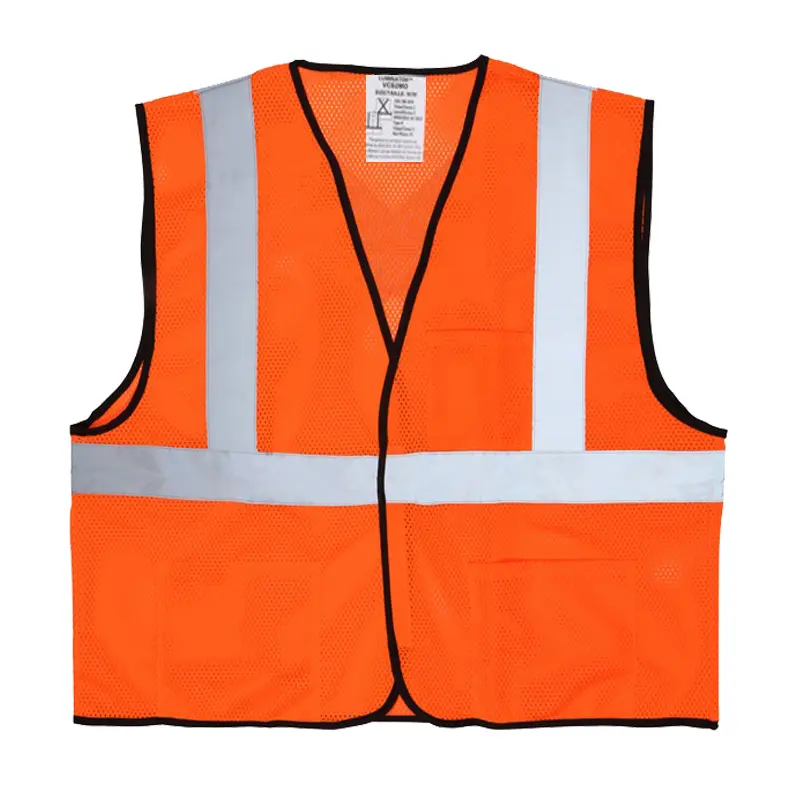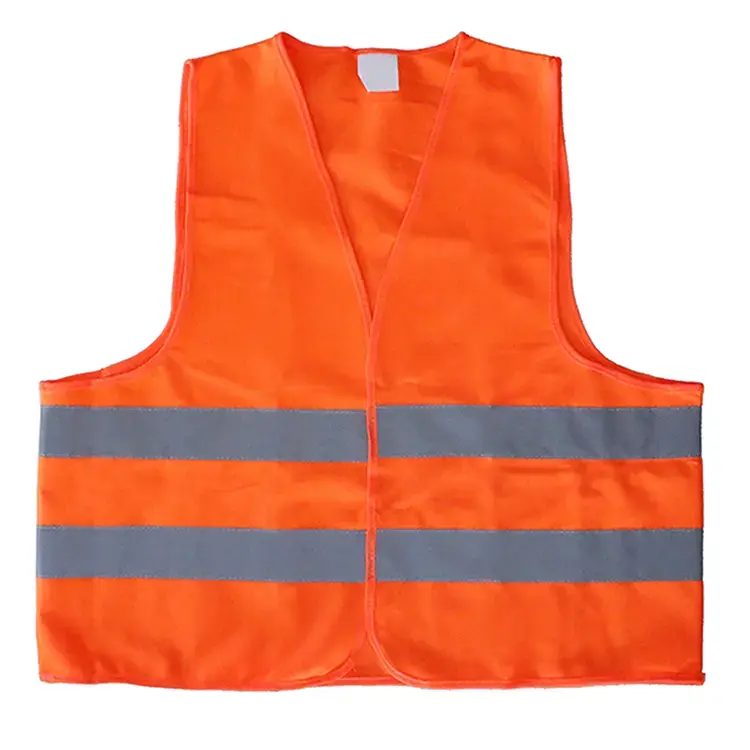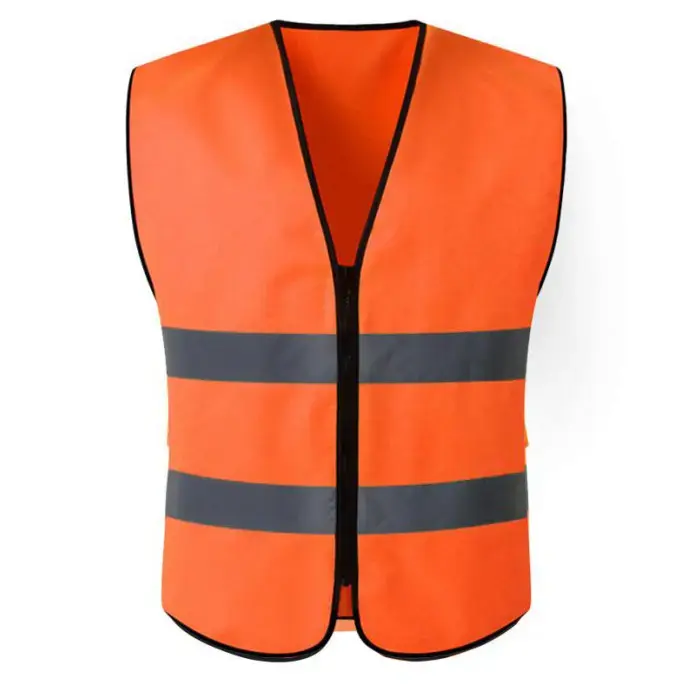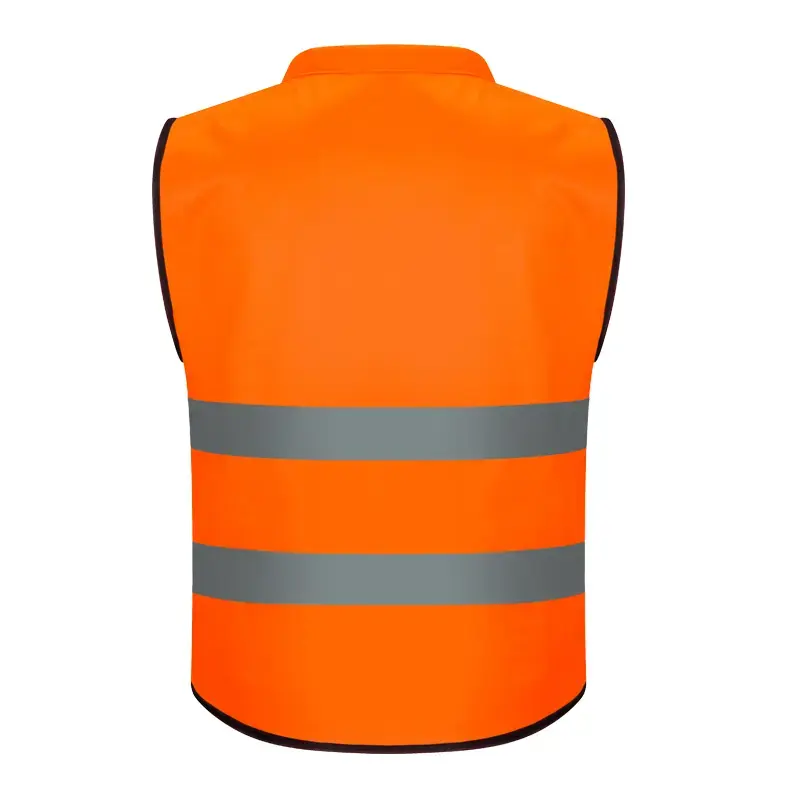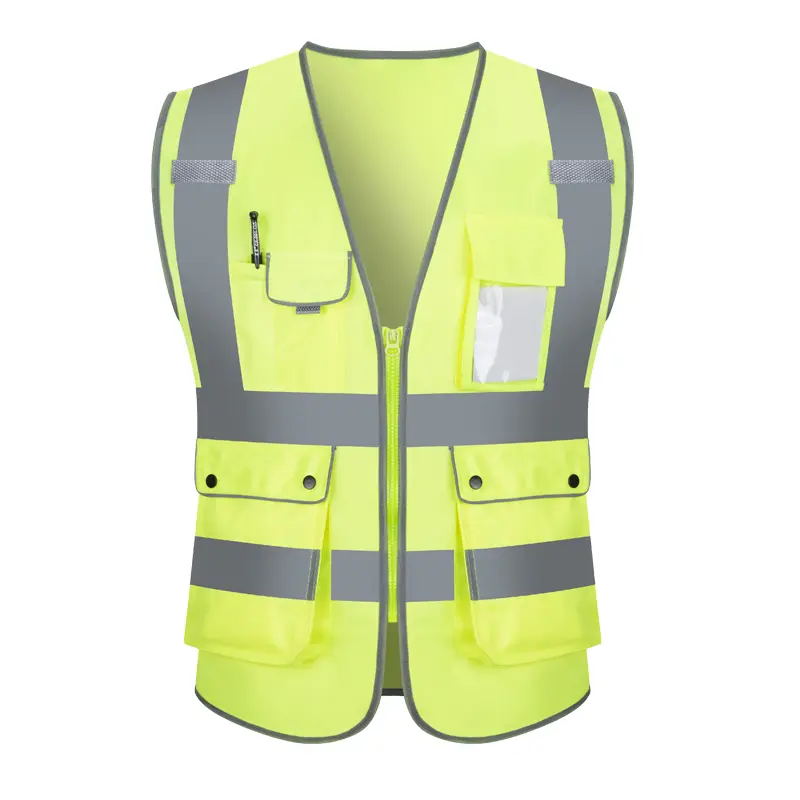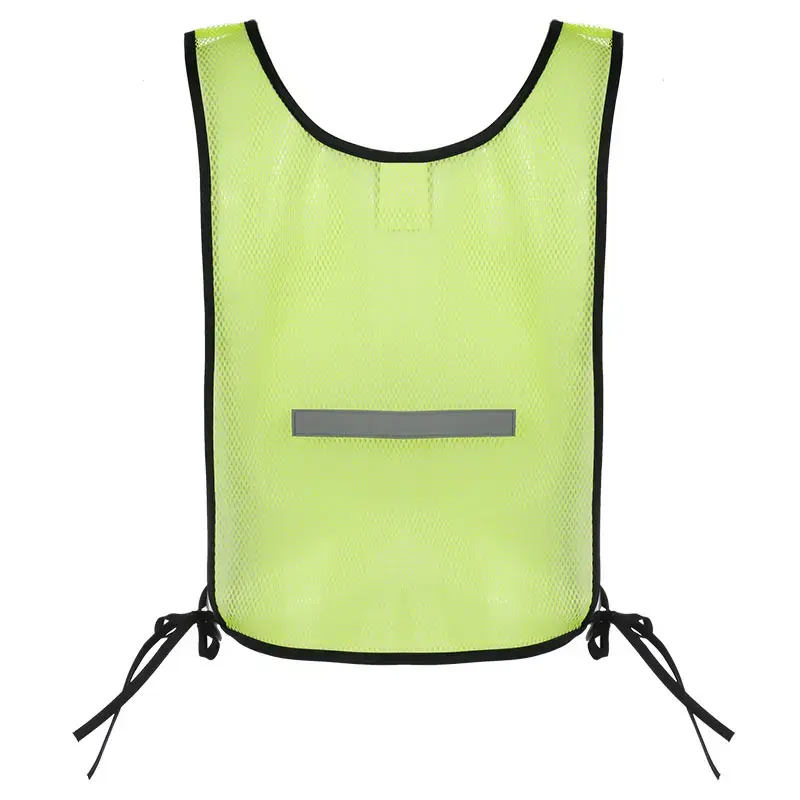The main differences between ANSI/ISEA 107 and EN ISO 20471
The main differences between ANSI/ISEA 107 and EN ISO 20471
In the international market, the demand for high-visibility safety clothing is growing, especially in industries such as transportation, construction, and logistics. In order to ensure that these garments can effectively improve the wearer's visibility and reduce the risk of accidents, different regions have formulated corresponding standards. Among them, ANSI/ISEA 107 and EN ISO 20471 are the two most widely used standards. This article will explore the main differences between these two standards to help foreign trade buyers better understand their scope of application and specific requirements.

1. Applicable areas of standards
ANSI/ISEA 107 standard: This standard is the US national standard for high-visibility safety clothing and accessories, mainly used in the United States and North America.
EN ISO 20471 standard: This is the European standard for high-visibility clothing and is applicable to the European market.
2. Classification system
(I) ANSI/ISEA 107
Type classification: This standard divides high-visibility clothing into three types:
Type O (non-road operation): Applicable to non-road operation environments, such as construction sites, warehouses, etc.
Type R (road operation): Applicable to road operation environments, such as highway maintenance, traffic diversion, etc.
Type P (public safety): Applicable to public safety fields, such as police, firefighters, etc.
Grade classification: Each type is divided into three levels:
Class 1: Applicable to low-risk environments, such as warehouse internal operations.
Class 2: Applicable to medium-risk environments, such as urban road operations.
Class 3: Applicable to high-risk environments, such as highway operations.
(II) EN ISO 20471
Grade classification: This standard divides high-visibility clothing into three levels:
Class 1: Applicable to low-risk environments, such as company internal operations.
Class 2: Applicable to medium-risk environments, such as urban road operations.
Class 3: Applicable to high-risk environments, such as highway operations.
3. Fluorescent color requirements
(i) ANSI/ISEA 107
Allowed colors: This standard allows the use of three fluorescent colors: yellow-green, orange-red, and red.
Color selection: Different colors are suitable for different working environments and needs. For example, yellow-green has high visibility under natural light and is suitable for outdoor work.
(ii) EN ISO 20471
Allowed colors: This standard requires the use of three fluorescent colors: yellow, orange-red, or red.
Color selection: Yellow is widely used in Europe because it provides good visibility in a variety of environments.
4. Testing requirements
(i) ANSI/ISEA 107
Color fastness test: Commercial washing color fastness test (AATCC TM61-3A), commercial chlorine bleaching color fastness test (AATCC TM61-4A), etc. are required.
Reflective performance test: It is required to test the reflective performance of reflective materials under different conditions, such as wet reflectivity, polished reflectivity, cold folded reflectivity, etc.
Durability test: the tear strength, seam strength, bursting strength, etc. of the material are required to be tested.
(II) EN ISO 20471
Color fastness test: the color fastness of the fabric is required to be tested when it is just washed and after at least 5 washes.
Reflective performance test: the photometric performance of the reflective material is required to be tested to ensure its reflective effect in different environments.
Durability test: the tear resistance, strength, etc. of the material are required to be tested.
5. Design requirements
(I) ANSI/ISEA 107
Material area requirements: the minimum area of background material and reflective material is specified. For example, Class 1 requires the background material area to be at least 0.14 square meters and the reflective material area to be at least 0.10 square meters.
Layout requirements: the reflective material should be evenly distributed on the surface of the clothing to ensure that it can be seen from all angles.
(II) EN ISO 20471
Material area requirements: Class 1 requires the background material area to be at least 0.14 square meters and the reflective material area to be at least 0.10 square meters. Class 3 requires that the background material area is at least 0.80 square meters and the reflective material area is at least 0.20 square meters.
Layout requirements: The reflective material should be distributed on the torso, arms and legs of the clothing to ensure that it can be seen from all angles.
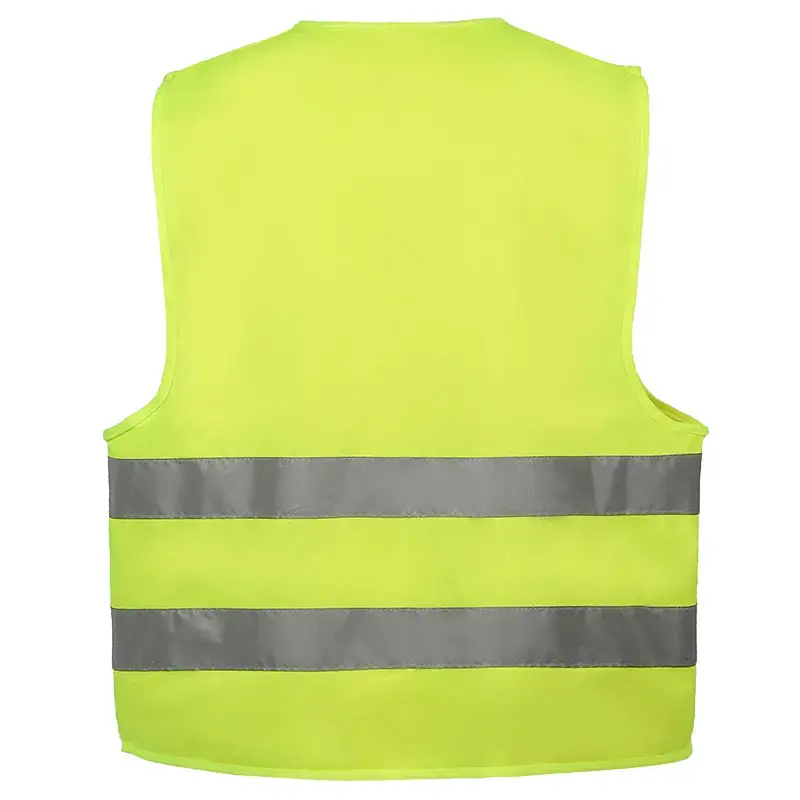
6. Applicable scenarios
(I) ANSI/ISEA 107
Applicable scenarios: This standard is applicable to a variety of work environments in North America, such as construction sites, highway maintenance, airport operations, etc.
Advantages: The classification system of this standard is detailed and can meet the safety needs in different environments.
(II) EN ISO 20471
Applicable scenarios: This standard is applicable to a variety of work environments in Europe, such as road construction, logistics and transportation, public safety, etc.
Advantages: This standard has strict requirements on the layout and area of reflective materials, which can effectively improve the visibility of the wearer.
7. Summary
Although both ANSI/ISEA 107 and EN ISO 20471 are aimed at improving the safety of high-visibility clothing, they have significant differences in applicable regions, classification systems, fluorescent colors, testing requirements, and design requirements. It is crucial for foreign trade buyers to understand these differences in order to choose the appropriate product standards according to the target market.

